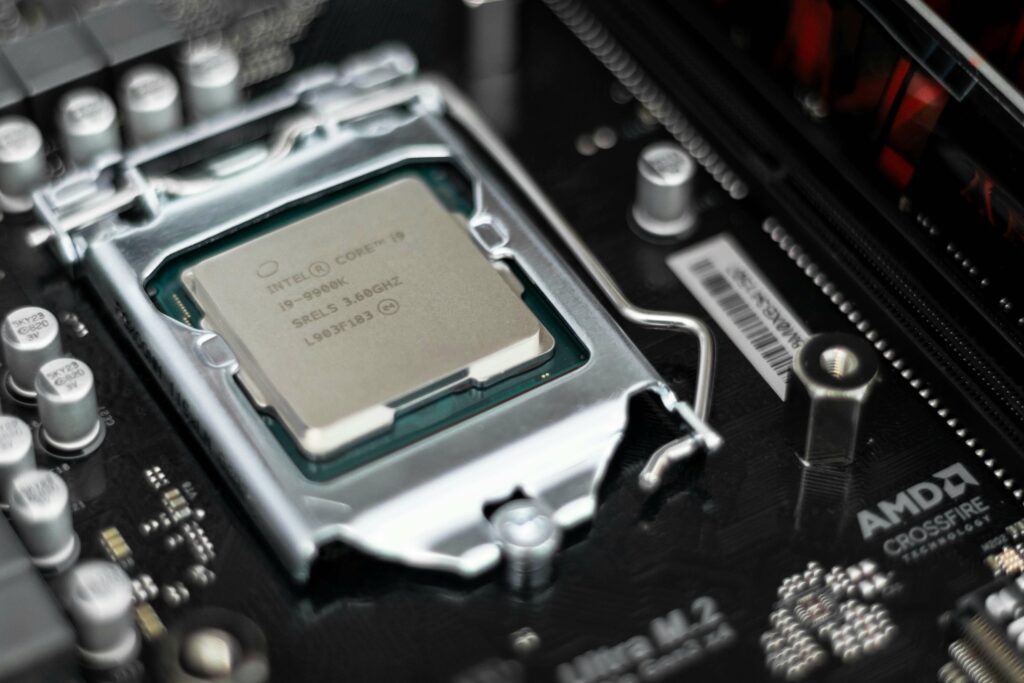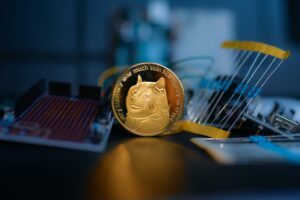
14.05.2024
Blockchain, DLT Technology, Mining and Consensus Protocols explained with 50 questions and answers (7).
What is the most widely used Consensus mechanism today?, Is mining in Proof of Stake similar to mining in PoW?, What is the relationship between Consensus Mechanisms and Voting Power in DLT?
 Por
González Varadé, Patricia
Por
González Varadé, Patricia 32. What is the most widely used Consensus mechanism today?
Today, PoW is still the most widely used consensus mechanism, although its high energy consumption has led to the growth of Proof of Stake.

33. Is mining in Proof of Stake similar to mining in PoW?
There is no mining in PoS in the same sense as in PoW.
In PoS, participants do not need specialised hardware to validate transactions. Instead, they “stake” their cryptocurrencies for a chance to be selected to validate transactions.
Participants who are selected to validate transactions receive a reward in cryptocurrencies. The amount of the reward depends on the amount of cryptocurrencies the participant has wagered.
34. What is the relationship between Consensus Mechanisms and Voting Power in DLT?
The relationship between consensus mechanisms and voting power is complex and varies depending on the specific mechanism used. PoW and PoS give voting power to participants based on their hash power or number of tokens, respectively. PoA is a centralised mechanism where voting power is predefined, while PoSt offers a more equal distribution of voting power based on storage capacity.
Voting power in DLT refers to the ability of a participant to influence the consensus process. This voting power can be determined by different factors, depending on the specific consensus mechanism used.

Si te ha interesado este artículo no dudes en leer:
Tax Implications of Tokenization: Practical Guide
The relationship between some common consensus mechanisms and voting power is analysed below:
Proof of Work (PoW):
- Voting power based on hash power: In PoW, a participant’s voting power is determined by its hash power, i.e. the ability of its computing equipment to solve complex mathematical problems.
- Centralisation of mining: PoW cryptocurrency mining has become increasingly centralised, with a small number of large mining groups controlling a large share of the network’s hashing power. This has raised concerns about the distribution of voting power and the possibility of consensus manipulation.
Proof of Participation (PoS):
- Voting power based on the number of tokens: In PoS, a participant’s voting power is determined by the number of tokens they hold.
- Greater equity: PoS is considered a more equitable consensus mechanism than PoW, as it does not require a large investment in hardware to participate in mining. Participants with more tokens have more voting power, but the system is still accessible to those with fewer resources.
Proof of Authority (PoA):
- Predefined voting power: In PoA, the voting power of participants is predefined by a group of authorised entities.
- Centralisation: PoA is a highly centralised consensus mechanism, as voting power is concentrated in a small number of selected
Storage Test (PoSt):
- Voting power based on storage capacity: In PoSt, a participant’s voting power is determined by the amount of storage space it contributes to the network.
- Resistance to centralisation: PoSt is considered a more centralisation-resistant consensus mechanism than PoW or PoS, as it does not require a large investment in hardware or tokens to participate.
35. Who are these large PoW mining groups? The centralisation of PoW mining.
The centralisation of PoW mining is a complex problem with several implications for the security and decentralisation of blockchain networks. While there is no easy solution, there are several proposals that could help address this problem.
It is important to mention that the identity of the individuals or entities behind these groups is not always publicly known. Some groups are opaque in terms of their structure and ownership, while others are more transparent.
Some of the largest and best known mining groups are the following:
- Bitmain: A Chinese company that manufactures mining hardware and operates large mining pools.
- Satoshi Nakamoto: An anonymous person or group who was the first to mine Bitcoin.
- Canaan: Another Chinese mining hardware manufacturer with large mining pools.
- SparkPool: A Chinese mining pool with a large stake in the Bitcoin
- F2Pool: A Chinese mining pool with a large stake in the Ethereum
If you liked this article, you may also find the following articles interesting to read:
Blockchain, DLT Technology, Mining and Consensus Protocols explained with 50 questions and answers (1) Blockchain, DLT Technology, Mining and Consensus Protocols explained with 50 questions and answers (3).
Contacto No te quedes con la duda, contacta con nosotros. Estaremos encantados de atenderte y ofrecerte soluciones.











